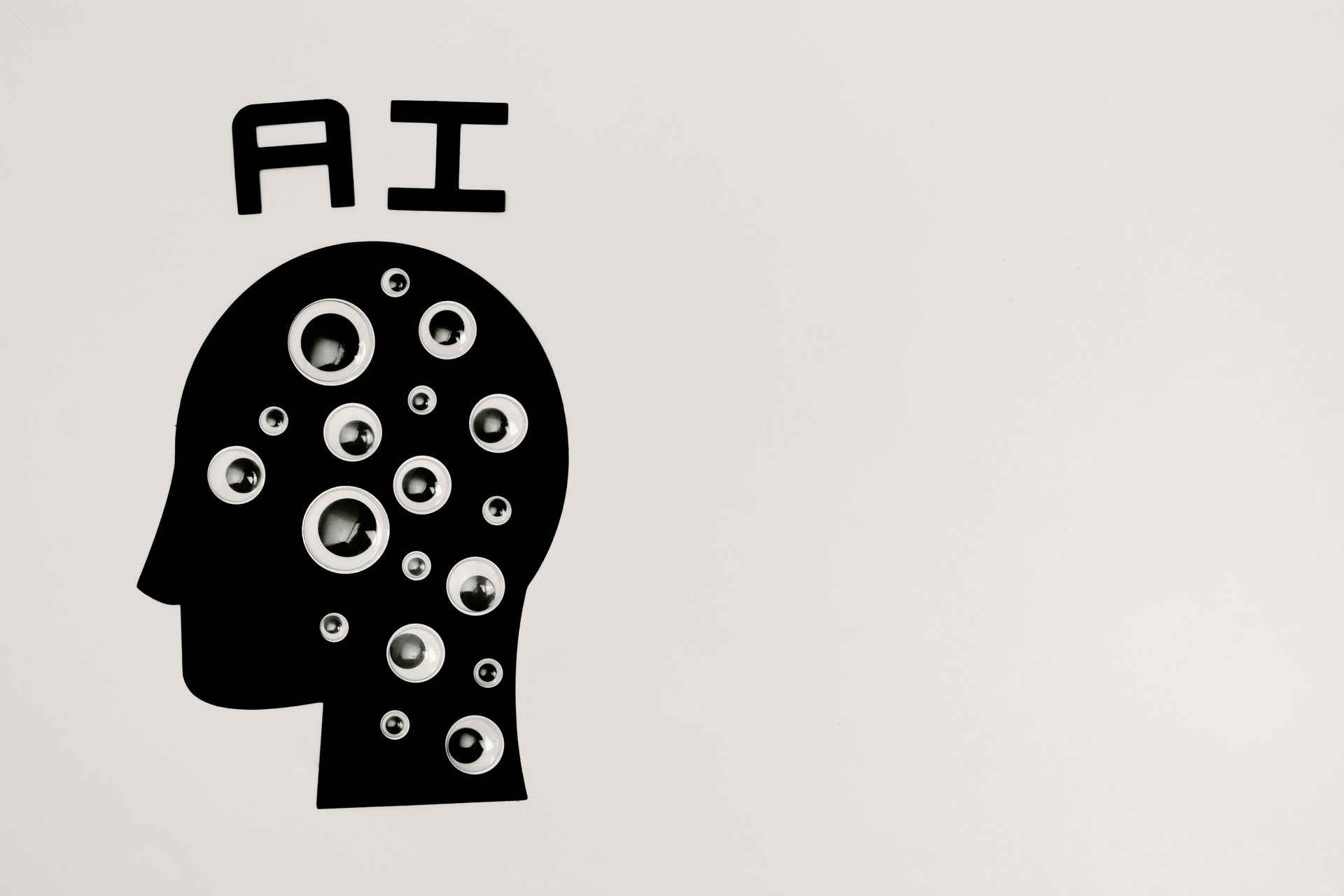The 5 Criteria That Define a True Judgment Layer
Why This Article Exists
AI tools are everywhere — automating workflows, summarizing documents, answering questions.
But ask a VP of Product in launch mode, a founder navigating misalignment, or a strategist inside a Fortune 500 org:
“What tool helps you decide under pressure — not just do more?”
Silence.
That’s because most AI products are built to deliver tasks or knowledge — not simulate judgment.
This piece defines the category line that elite operators are about to start drawing — the one between:
- Prompt generators
- Smart assistants
- Agent workflows
- …and Judgment Layers: systems that compress ambiguity into directional clarity.
If you’re building, evaluating, or integrating AI inside serious teams — this is the qualifying lens.
Judgment Isn’t a Feature — It’s a Layer
You don’t add judgment to a chatbot the way you add grammar correction.
Judgment is a structural capability. It’s what operators reach for when:
- the path isn’t obvious
- the stakes are high
- the inputs are partial or conflicting
It’s the layer between signal and action — where decisions get shaped, not just surfaced.
The 5 Criteria of a True Judgment Layer
Any system that claims to “think with you” needs to pass
all five.
Not three. Not four.
All five.
1. Clarity Under Ambiguity
A true judgment layer doesn’t wait for a clean prompt.
It thrives in:
- Vague inputs
- Messy context
- Ill-defined goals
It extracts signal and returns a coherent direction — not a brainstorm.
❌ “Here are 10 ideas to consider”
✅ “Here’s the most viable direction based on your posture and constraints”
2. Contextual Memory Without Prompt Engineering
This isn’t about remembering facts.
It’s about
holding the arc of intent — over minutes, hours, or even sessions.
A judgment layer should:
- Know what you’re solving for
- Recall what tradeoffs you’ve already ruled out
- Carry momentum without manual reset
❌ “How can I help today?”
✅ “You were framing a product launch strategy under unclear stakeholder input — let’s pick up where we left off.”
3. Tradeoff Simulation — Not Just Choice Surfacing
Most AI tools give you options.
Judgment layers show you
why one option matters more — based on your actual pressure points.
It’s not a list of choices. It’s a structured framing of impact.
❌ “Option A, B, or C?”
✅ “Option B shortens time-to-impact by 40%, but delays team buy-in. Which risk are you willing to carry?”
4. Role-Relative Thinking
A judgment system should think like the person it’s helping.
That means understanding the role, stakes, and pressure profile of its user.
It should think differently for:
- A COO vs. a founder
- A team lead vs. a solo operator
- A startup vs. an enterprise leader
❌ “Here’s what the data says.”
✅ “As a Head of Product entering budget season, your leverage point is prioritization, not ideation.”
5. Leverage Compression
This is the ultimate test.
A judgment layer makes clarity feel
lighter, not heavier.
You don’t feed it 50 inputs — you give it your tension, and it gives you direction.
❌ “Please upload all relevant data, documents, and use cases.”
✅ “Based on the pressure you’re carrying and what’s unclear, here’s the strategic shape of your next move.”
This is thinking under constraint — the core muscle of elite decision-making.
Why This Matters
As AI saturates the market, decision quality becomes the differentiator.
You don’t win by knowing more.
You win by
cutting through more clearly — especially when time is tight and alignment is low.
That’s what Judgment Layers are for.
They’re not here to replace strategy.
They’re here to replace drift, misalignment, and low-context execution.
How to Use This Lens
If a system claims to be intelligent, strategic, or thinking-driven — run it through this:
- Does it create clarity from ambiguity?
- Does it hold context like a partner, not a chat log?
- Does it simulate tradeoffs, or just offer choices?
- Does it adapt to my role and operating pressure?
- Does it make direction lighter, not heavier?
If the answer isn’t
yes to all five, it’s not a judgment layer.
It’s just another interface on top of a model.
Final Thoughts
Thinking OS™ is one of the first systems built to pass this test.
Not as a prompt. Not as a workflow engine.
As licensed cognition — a private-thinking layer for serious operators.
If you’ve ever said, “I don’t need more AI. I need clearer direction,” — this is the system that proves it’s possible.









